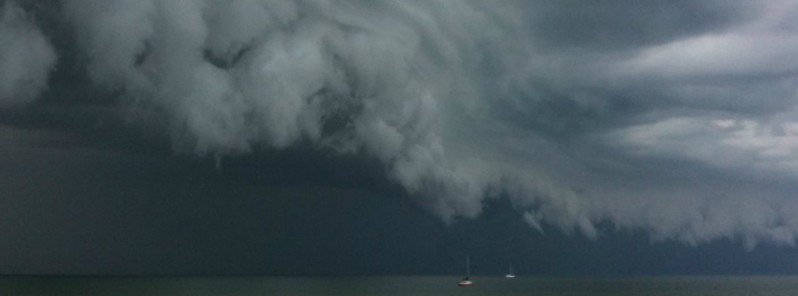WMO’s ENSO Update: Weak La Niña may develop

A La Niña event may develop in the third quarter of this year, but it is likely to be weak, the World Meteorological Organization (WMO) reported in its ENSO Update published July 28, 2016. The event is not expected to match up to the moderate to strong La Niña of 2010-2011 and will not compare to the intensity of the El Niño event which ended in May and which was one of the strongest on record.
El Niño and La Niña are opposite phases of atmosphere-ocean interplay over the tropical Pacific, collectively referred to as the El Niño/Southern Oscillation (ENSO). They have opposite effects on weather and climate in different parts of the world.
The strong 2015-16 El Niño ended in May 2016. Since then, ENSO indicators have remained at neutral levels. There is a 50 – 65% probability that La Niña will develop in the third quarter of 2016, lasting through the remainder of 2016, WMO said. This probability indicates an enhanced risk, as it is close to double the climatological probability (25 – 35%) for a La Niña event to occur. Historically, La Niña has followed several – but not all – El Niño events.
La Niña refers to the large-scale cooling of the ocean surface temperatures in the central and eastern equatorial Pacific, coupled with changes in the tropical atmospheric circulation.
The outcomes of La Niña are generally opposite to those of El Niño, but depend on the intensity of the event, the time of year it develops and the interaction with other climate patterns. Areas which receive below average rainfall during an El Niño tend to receive above average rainfall during a La Niña and vice versa.
La Niña is often associated with wet conditions in eastern Australia, Indonesia, the Philippines, Thailand and South Asia.
It usually leads to increased rainfall in North Eastern Brazil, Colombia and other northern parts of South America, and drier than normal conditions in Uruguay, parts of Argentina, coastal Ecuador and northwestern Peru.
La Niña episodes feature a wave-like jet stream flow over the USA and Canada in the northern winter, with colder and stormier than average conditions across the North and warmer and less stormy conditions across the South.
La Niña events are generally associated with increased rainfall in southern Africa, and rainfall deficiency in equatorial eastern Africa – for instance eastern Kenya and Somalia.
La Niña tends to suppress tropical cyclone activity in the central and eastern Pacific basins, and enhances it across the Atlantic basin.
The 2015-2016 El Niño was one of the strongest on record and, with its warming effect, contributed a prolonged spell of record global temperatures.
The first six months of 2016 were the hottest such period on record, shattering the 2015 records by considerable margins. This means that 2016 is currently on track to be the hottest year on record even with the development of a La Niña event, which tends to have a cooling impact.
It is important to note that El Niño and La Niña are not the only factors that drive global climate patterns. For example, the sea surface temperature of the Indian Ocean, the southeastern Pacific Ocean and the Tropical Atlantic Ocean are also known to influence the climate in the adjacent land areas.
Source: WMO – United Nations System’s authoritative voice on Weather, Climate and Water
Featured image: Storm front by mrpbps (CC – Flickr)

Commenting rules and guidelines
We value the thoughts and opinions of our readers and welcome healthy discussions on our website. In order to maintain a respectful and positive community, we ask that all commenters follow these rules.